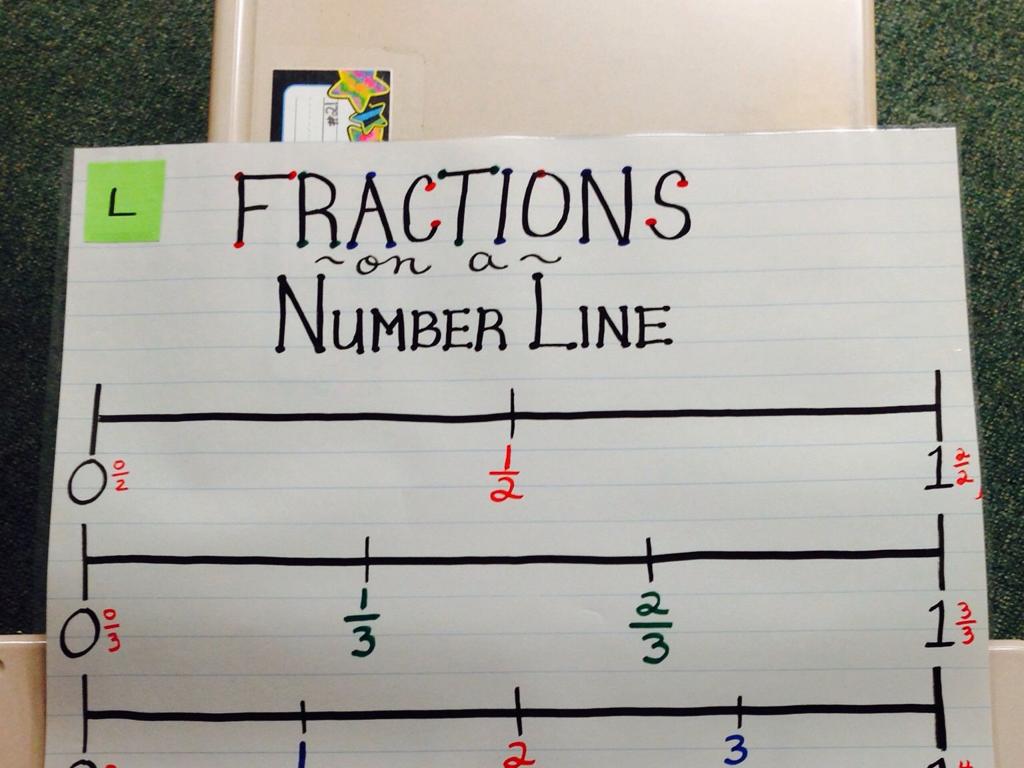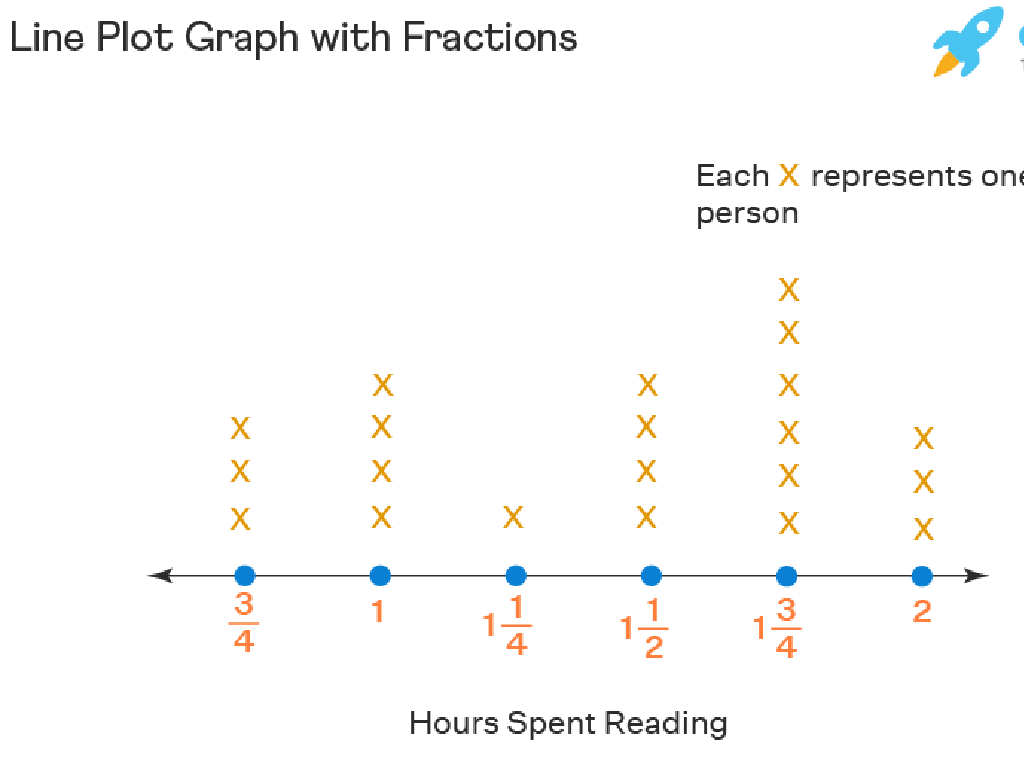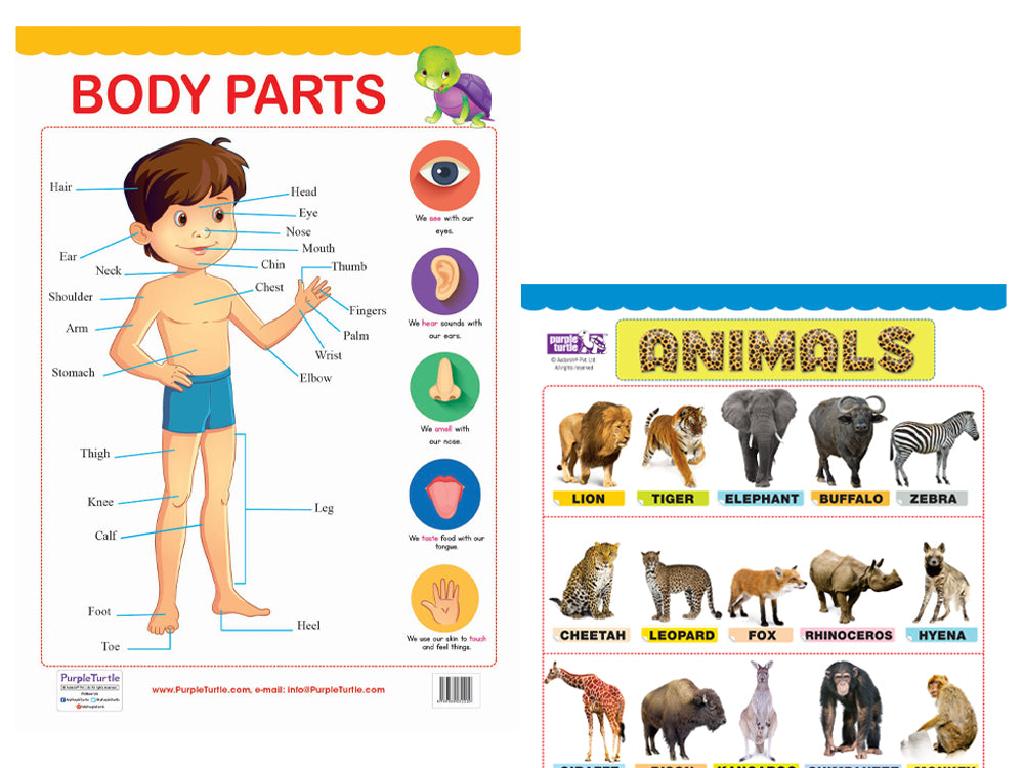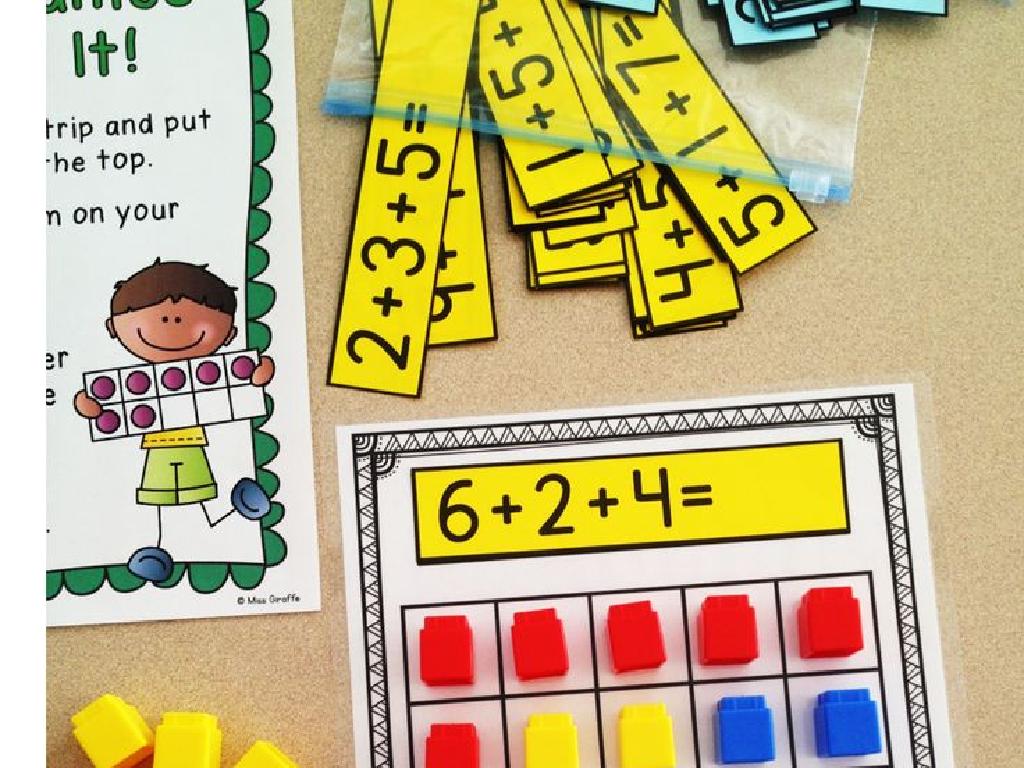Translations: Graph The Image
Subject: Math
Grade: Seventh grade
Topic: Transformations
Please LOG IN to download the presentation. Access is available to registered users only.
View More Content
Translations: Sliding Shapes on a Plane
– Understanding mathematical transformations
– Translations: sliding shapes without rotating
– Imagine sliding a book across a table; it moves but doesn t turn.
– Real-life examples of translations
– Examples: moving a chess piece, sliding furniture across a room.
– Exploring translations on the coordinate plane
– Use graph paper to slide a triangle along the x or y-axis.
|
This slide introduces the concept of transformations in mathematics, with a specific focus on translations. A translation is a type of transformation that slides a shape straight along a plane without rotating, resizing, or flipping it. It’s like moving a piece on a game board. Relate this to students’ experiences, such as moving objects in their daily lives, to help them understand the concept. In class, use graph paper to demonstrate how shapes can be translated along the x or y-axis, maintaining their orientation and size. Encourage students to visualize translations by thinking of sliding objects around them without lifting them off the surface.
Understanding Translations in Geometry
– Define translation in geometry
– A translation slides a figure horizontally or vertically on the coordinate plane.
– Translation moves shapes straight
– Imagine sliding a book across a table without turning it.
– Shapes retain size and shape
– No matter where it moves, the figure’s size and angles remain unchanged.
– Key properties of translations
– Translations maintain orientation and distances between points.
|
This slide introduces the concept of translation in geometry, which is a type of transformation that moves every point of a shape the same distance in the same direction. It’s crucial to emphasize that during a translation, the shape does not rotate or flip; it simply slides in a straight line path. The shape’s size and angles remain constant, preserving congruency. Use examples like moving a piece of paper on a desk without lifting it to illustrate the concept. Encourage students to visualize translations on a coordinate plane, where they can apply this knowledge to graph images accurately.
Identifying Translations in Geometry
– Recognizing translated shapes
– Translated shapes are moved without rotating or resizing.
– Real-world examples of translations
– Examples: sliding a book across a desk, pushing a swing.
– Translations on the coordinate plane
– Use (x, y) -> (x+a, y+b) to show movement on a grid.
– Practice with translation vectors
– Vectors show direction and distance of shape’s movement.
|
This slide introduces students to the concept of translations in geometry, which is a type of transformation. Emphasize that during a translation, a shape is moved in a straight line from one position to another without being rotated, resized, or otherwise altered. Show real-world examples to help students visualize translations, such as sliding objects on a surface. Explain how translations work on the coordinate plane using ordered pairs and how to apply vectors to represent the movement. Provide practice problems where students can apply these concepts to reinforce their understanding.
Translating Shapes on the Coordinate Plane
– Plot points and shapes on a grid
– Use x and y axes to position shapes accurately
– Learn rules for translating shapes
– Each point moves the same distance in the same direction
– Practice with example coordinates
– Translate triangle ABC with points A(2,3), B(4,5), C(3,8)
– Understand translation effects
– Translation does not change the shape’s size or orientation
|
This slide introduces students to the concept of translation in geometry, specifically focusing on how to graphically represent the movement of shapes on the coordinate plane. Begin by explaining how to plot points and shapes on a grid using the x (horizontal) and y (vertical) axes. Discuss the rules for translating shapes, emphasizing that all points of the shape move the same distance in the same direction. Provide a practice example, such as translating a triangle with given coordinates, to illustrate the process. Highlight that translation is a rigid motion, meaning the shape itself doesn’t change; only its position does. Encourage students to practice with additional examples and to visualize the translation as sliding the shape without rotating or flipping it.
Translation Rules in Geometry
– Horizontal & vertical translations
– Shift right/left for horizontal, up/down for vertical
– Writing translation rules
– Use (x, y) (x+a, y+b) where a and b are translation values
– Translating shapes on a graph
– Apply rules to move shapes consistently on the grid
– Practice with coordinate points
– Example: Translate triangle by 3 units right and 2 units up
|
This slide introduces students to the concept of translations in geometry, focusing on how shapes can be moved horizontally and vertically on a coordinate grid. Emphasize that translations do not change the shape or size, only the position. When writing translation rules, guide students to understand how to add or subtract values to the x (horizontal) and y (vertical) coordinates. Provide practice problems where students apply these rules to translate various shapes on a graph, reinforcing the concept with hands-on activities. Encourage students to check their translations by verifying that the distance and direction of the movement are consistent with the rules they’ve written.
Let’s Practice Translations!
– Work through a translation example
– Observe how to slide a shape on the grid without rotating or resizing it.
– Engage in guided practice
– Students will participate in moving shapes on the grid as a class.
– Learn tips for checking work
– Use graph paper to ensure accuracy; check that all points moved equally.
– Apply tips to practice problems
– Try translating different shapes and check your work with the tips.
|
This slide is designed to provide students with a clear understanding of translations in geometry through hands-on practice. Begin with a worked example, showing a shape being translated on the coordinate grid. Emphasize that the shape should slide without rotating or resizing. Next, involve the class in a guided practice where they can participate in translating shapes together. Offer tips for checking their work, such as using graph paper to track the movement of each point and ensuring that the distance and direction of the translation are consistent for all points. Encourage students to apply these tips to additional practice problems, reinforcing their understanding of the concept.
Translations in the Real World
– Translations in daily life
– Moving a chess piece, sliding a book across a table
– Translations in tech & engineering
– GPS technology, robotics use translations for movement
– Partner discussion activity
– Share examples with class
– After discussion, present your translation example
|
This slide aims to connect the concept of translations in mathematics to real-world applications that students can relate to. Begin by discussing everyday examples of translations, such as moving objects in a straight line. Then, explore how translations are crucial in technology and engineering, particularly in GPS technology and robotics. Encourage students to engage in a partner discussion to find and understand examples of translations in their environment. Conclude with students sharing their examples, fostering a collaborative learning experience. This activity will help students recognize the practical significance of mathematical concepts in their daily lives and future technological advancements.
Class Activity: Create Your Own Translation
– Translate a shape on your grid paper
– Apply translation rules to move the shape
– Use arrows to show movement direction and distance
– Observe the changes in position
– Notice how the shape remains identical, only its position changes
– Share your translated shape with the class
|
This activity is designed to help students understand the concept of translation in geometry by having them physically move a shape on grid paper. Provide each student with grid paper and a shape to translate. Remind them to use the rules of translation, such as ‘move 3 units up and 4 units right’. They should use arrows to indicate the direction and distance of the translation. After completing the translation, students should observe that the shape itself hasn’t changed; only its position on the grid has. Encourage students to share their translated shapes with the class to demonstrate their understanding. Possible variations of the activity could include translating different shapes, using different translation rules, or even translating shapes in a pair or group to encourage collaboration.
Review and Reflection: Translations
– Recap translation concepts
– Translation: sliding a figure without rotating or flipping it.
– Graphing translations step-by-step
– Use graph paper to shift the figure along the x and y axis.
– Interactive Q&A session
– What are key takeaways from today’s lesson?
– Reflect on today’s learning
|
This slide aims to consolidate the students’ understanding of translations in geometry. Begin with a brief recap of what a translation is, emphasizing that it involves sliding a figure on a plane without changing its orientation. Then, review the process of graphing translations, perhaps revisiting a worked example and highlighting the importance of maintaining the shape’s orientation and size. The Q&A session should be interactive, encouraging students to articulate their understanding and clarify any doubts. Finally, ask students to reflect on what they’ve learned, reinforcing the key concepts and ensuring they can apply this knowledge to solve problems involving translations.
Homework: Mastering Translations
– Complete translation practice problems
– Practice with the provided worksheet problems
– Study reflections for the next class
– Understand how to ‘flip’ a shape over a line
– Compile any questions you have
– Think about parts of translations you’re unsure about
– Bring questions to the next session
– Sharing questions helps us all learn
|
This slide outlines the homework assignment focusing on translations and preparing for the upcoming topic of reflections. Students should complete the set of practice problems on translations to reinforce their understanding. They should also begin studying the concept of reflections, which will be covered in the next class. Encourage students to write down any questions or difficulties they encounter while doing their homework or studying. Remind them to bring these questions to the next class so they can be addressed, facilitating a collaborative learning environment. Provide a mix of practice problems with varying difficulty to cater to all students and ensure they have the opportunity to challenge themselves.





